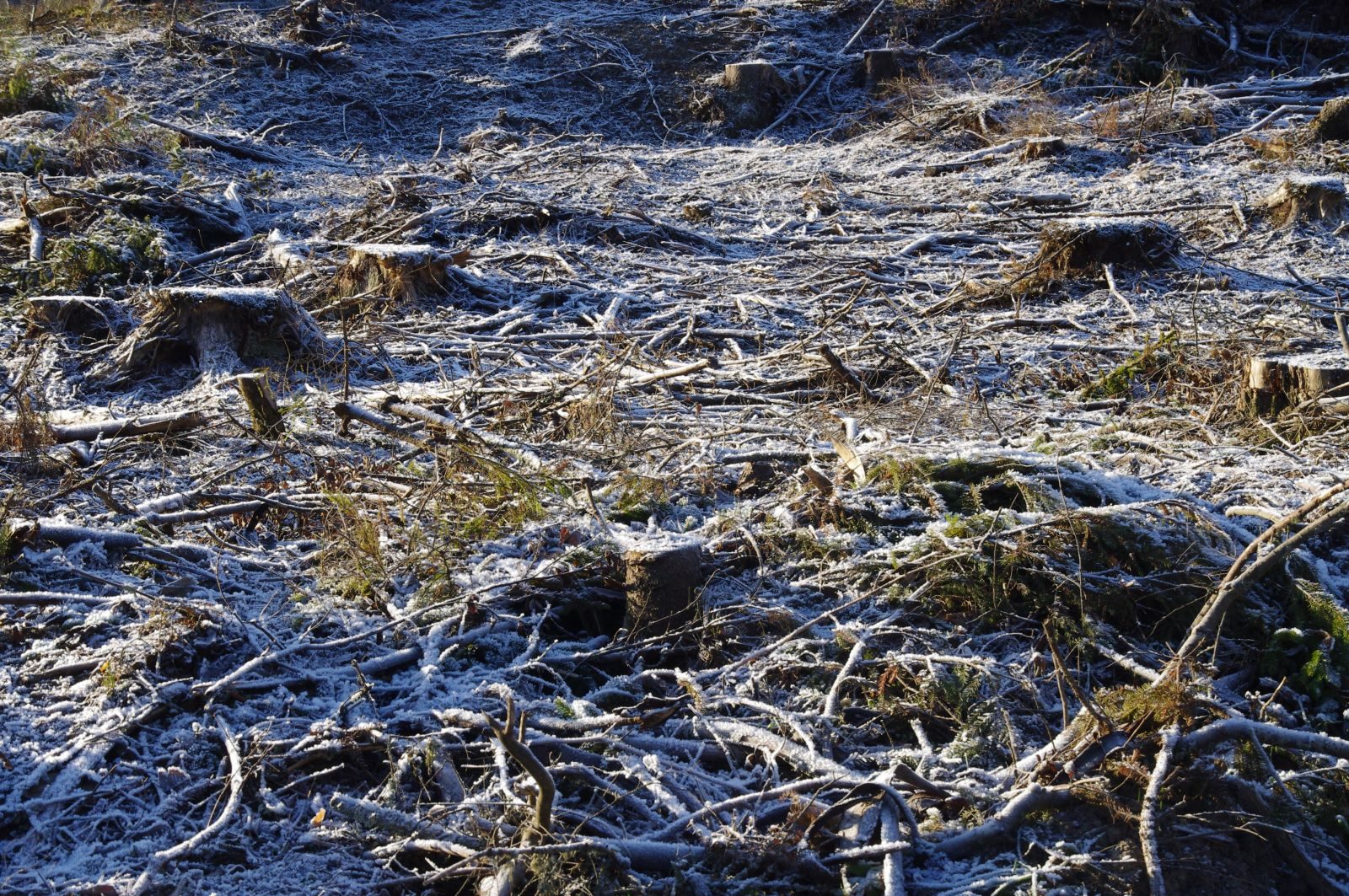I want to know
if you are prepared to live in the world
with its harsh need
to change you…
– David Whyte
Here at Arteles in Finland, it is November 2019. The weather oscillates between sunny days, frozen days, snowy days and rainy days. The landscape is wintery and spare, yet ever-changing and revealing. I’m here because I was granted the luxury of time and headspace to imagine all kinds of new creative projects and aspirations, and to formulate some meaningful reflections on my practice, in the form of a three-week residency.
I’m somewhat embarrassed to acknowledge that I have few genuinely new insights to offer. What I do have, however, is a more coherent understanding of which insights – gleaned from other vastly more accomplished and sophisticated poets, artists, writers – resonate deepest within me. A lot of what follows has been uttered and scribed many times before: I’m merely compiling some musings that better express what have felt like the elusive rationales that shape my practice.
The 21st century has delivered us a post-industrial miasma. As post-industrial humans, we are far removed and unable to learn from the delicate enchantments that the natural world brings to us. Developed, secular, predominantly western cultures have constructed systemic barriers that generate a sense of alienation from ourselves and our communities. From concreted landscapes, horizon-less shopping malls, to ideological trappings (such as race, class and gender, for starters), we’re driven to live a lot of surface life: shopping, working, commuting, social media-ing, streaming, busy-ing.
All of this leads so many of us – myself included – into a maze of spiritual dead-ends. Life can feel meaningless: at least, many of us come to feel that there is very little, if any, meaning. Yet I’m becoming increasingly convinced that meaning is ever present, its apparent absence is merely a symptom of being so incapacitated by our modern lifestyles that we cannot see for looking.
Humans are gifted with self-awareness. One consequence of this: we know that we are mortal. So many of us, however, live in death-phobic cultures. Death denial means that we do not accept our mortality; it means that we do not accept the most fundamental, unshakeable truth of our existence. This denial also means that we do not value our precious lives, we are conditioned to live at only a surface-level engagement with life. We rarely connect with our innermost selves.
Therein lies a problem. If we do not adequately know and understand at least some of ourselves, then we cannot be expected to know and understand very much of others. In truth, we are just as much like anyone else, while also being a separately embodied individual. By denying our mortality, we are denying our fundamental nature. We are denying what we ultimately hold in common, and we are denying our mutual preciousness.
This is not sustaining practice; instead, this is brutal practice. If we continue to deny our mortality, as Stephen Jenkinson says, there will be “another generation with a grudge and a grievance against the natural order of things. In a culture that does not believe in endings, how do [we] solve heartbreak? Answer is: less heart.”
I like to ask myself: how can I be the most real I will ever be? How can we be the most real we will ever be? I don’t mean this from an individualistic perspective, far from it. I mean, how can we strive to be more real by embracing life’s inevitable heartbreaks? So that we can respond to those heartbreaks, and to each other, with more heart? These questions, coupled with a deep and abiding humanism, are what drive me and my practice. But, of course, my creations are utterly modest responses to these grand, perhaps impossible questions.
As seen in Soul Secrets, Wisdom Weaving, Leaving Love and Before I Die (the latter originated by Candy Chang), I often create relational, participatory text-based installations that seek to offer an antidote to alienating experiences. Instead, they are spaces where audiences are invited to contribute their own words to an artwork. Sometimes their words are personally handwritten, sometimes their words are transcribed (handwriting is such a profoundly idiosyncratic form of mark-making). They’re about moving audiences away from being passive observers. Instead, audiences can become active participants, engaged in a conversation with each other, the artist(s), and the communities in which they are placed, albeit briefly.
With this in mind, some of my work could be categorised as ‘relational art’, as described by Nicolas Bourriard: “Rather than the artwork being an encounter between a viewer and an object, relational art produces encounters between people. Through these encounters, meaning is elaborated collectively rather than in the space of individual consumption” (Relational Aesthetics, 1998).
I hope to make known and seen that which is unknown and unseen within ourselves, and to share this with others, if only momentarily. We can share the many corners of our soul or psyche, we can move each other closer to our deeper, intimate and heartfelt interior lives. We can move closer to recognising and perhaps accepting our common mortality, hearts, and humanity.
